The whitefly is an omnivorous and very dangerous pest of garden crops and flowers, as well as indoor plants. Most often it is found in greenhouses or greenhouse plants. It enters summer cottages with contaminated soil.
Photo of whitefly on tomatoes
In greenhouses it damages tomatoes, peppers, eggplants, and sometimes cucumbers. On the street it eats cabbage, strawberries, potatoes, and in the southern regions - citrus fruits. Some species are classified as quarantine pests. It is difficult to get rid of whiteflies in a greenhouse, and even more difficult in open ground.
Description of the pest
Whiteflies (aleurodids) are very small insects 1-3 mm long. Butterflies are yellow, sometimes have a slight reddish tint, and there may be black spots on the wings. The body is covered with white waxy powdery pollen. When at rest, butterflies fold their wings into a small house.
Whiteflies settle on the underside of leaves, often in the upper tier of plants. Females lay up to 130 eggs on the underside of leaves in clusters of 5-20 pieces. The eggs of these insects have a stalk, with the help of which they are attached and held on the leaves.
After 5-7 days, a larva emerges from the egg, moves around for several hours, choosing the juiciest place, and then begins to feed. In development, the larva goes through 4 stages, the first stage is mobile.
The larvae move along the leaves in search of the juiciest ones on which to feed. They tuck their long legs under them and press themselves against the leaf. A waxy sticky liquid is secreted around them, which firmly adheres to the leaf blade and creates a greenish-brown fringe around the larva, which reliably protects it from adverse factors.
The next 3 stages are motionless - the larva is in a wax capsule and continuously feeds. Both larvae and butterflies suck the juice from the leaves, secreting a sweetish sticky liquid. A new generation appears every 28 days.
It overwinters in the soil in warm climates where there is no frost (Crimea, the Caucasus, the Black Sea coast of the Krasnodar Territory), in the northern regions it is preserved in greenhouses and on indoor plants, and freezes completely in the ground even in warm and mild winters.
During the season, 4-5 generations of pests appear, and in the south up to 7-8 generations, so it is extremely difficult to completely get rid of whiteflies.
Pest spread
There are several types of whiteflies that specialize depending on the crop being damaged. Tomatoes are mainly attacked by the greenhouse whitefly, although other species can also damage them due to lack of food.
In the northern regions the pest does not occur in open ground, since the conditions for it are unfavorable; strong differences in day and night temperatures reduce its activity, and early summer frosts kill both larvae and adults. Therefore, even if insects get into open ground, they quickly die.
The whitefly is very active in hot and humid weather. In cold weather it does not damage tomatoes as much. At temperatures below 10°C, insects stop flying, only the larvae feed; at 0°C, the pest dies.
In a greenhouse, the insect spreads extremely quickly and is very difficult to get rid of. The pest is especially common in greenhouses with poor ventilation. During early summer frosts, the whitefly is able to survive, since the temperature in the greenhouse does not fall below 0°C. But during prolonged cold weather in the spring (temperature in the greenhouse is 7-10°C), the insects die because they are not able to feed.
In the northern regions, the pest is not found even in greenhouses. It can appear in closed ground only in the south of the middle zone (Tula, Ryazan, Kaluga regions).
In the southern regions widespread both in greenhouses and in open ground. The climatic conditions for life here are very favorable, so the fight against the pest is carried out with varying success and continues throughout the growing season. Particularly high numbers of whiteflies are observed in the second half of summer.
Preserves on plant debris, weeds (dandelion, sow thistle, wood lice) and trees (birch, maple, poplar).
Signs of damage
In closed ground it damages all greenhouse crops (tomatoes, peppers, eggplants, cucumbers). Outdoors it causes significant damage to potatoes, tomatoes, cabbage, strawberries, zucchini, and garden flowers.
Whiteflies especially damage tomatoes and peppers in greenhouses. Favorable conditions for it are high temperature and humidity.
If you shake the infected bushes, the butterflies immediately take off, but tend to return back as quickly as possible. On the underside of the leaves there are small white dots - the larvae of the pest. Along the entire lower surface of the leaf there is a sticky mass - whitefly secretions.
Where the pest feeds, small yellow or dirty brown spots appear on the leaves, which increase in size over time. On the underside the surface is rough with small gray-yellow dots. Gradually the leaf fades and dries up. The site of damage is colonized by sooty fungi, causing it to turn grayish-green with small black dots.
With severe damage, parts of the leaf turn black. Sooty fungi disrupt the photosynthesis of the leaf, it dries out and falls off. The process occurs very quickly; in 14-20 days, whiteflies and fungi in the south are capable of destroying all greenhouse tomatoes.
On the street, the process proceeds more slowly, the tomatoes die within a month. In the northern regions, damaged bushes are severely depressed, but do not die.
How to get rid of a pest
Whitefly control must be maintained throughout the season. Treatments are carried out repeatedly with an interval of 5-7 days. It will not be possible to get rid of whiteflies on tomatoes with 3-5 treatments. She gets used to insecticides very quickly, so repeated treatment with the same drug is not carried out, with the exception of biological products.
The waxy coating that covers the larvae makes it difficult to kill pests. Not all substances are able to affect an insect through such a barrier.
You can control the pest on tomatoes in a greenhouse using chemical, biological, mechanical, and agrotechnical methods.
Chemicals
Contact and systemic insecticides are used to kill whiteflies. The preparations are used during the period of flowering and filling of the first two clusters. Insecticides should not be used 14 days before harvesting fruits. And since tomatoes ripen unevenly, chemicals are not used after the first fruits are filled.
Aktara
Aktara is an effective remedy against whiteflies and is a contact and systemic insecticide. The drug is dangerous for bees, so it is used mainly in greenhouses where there are no bees. Apply into the soil and work on the leaves. When applied at the root, Aktaru is diluted according to the instructions and watered over the tomatoes.
First, the plants are well watered and only then the insecticide is applied. This is done to ensure that the drug does not go into the deep layers of the soil. If possible, it is advisable to apply Aktar during drip irrigation.
Spraying is carried out in the morning or evening or during the day in cloudy weather. Carefully treat the lower surface of the leaves, since when the drug gets on an insect, it causes its death.
In open ground, it is treated on days when bees do not fly (temperatures above 35°C or fog). Tomatoes are sprayed or applied at the root using drip irrigation. The drug is not washed off by light rain, but after a rainfall the treatment is repeated.
Aktara does not affect larvae of the 4th instar, which are reliably protected by a wax coating. Before harvesting the fruits, the plants are treated three times with an interval of 5-7 days.
The drug can be alternated with other insecticides.
Tanrek
The systemic contact insecticide Tanrek will also help get rid of whiteflies. Spraying is carried out no more than 3 times per season. Carefully process the leaves from the top and bottom sides.
The drug is dangerous for bees, so spraying is carried out outside in the evening, or during hours when bees do not fly. The insecticide adheres well to the leaves and is not washed off by rain.
The interval between treatments is 7 days.
Mospilan
The newest drug, the resistance of insects to it is still low. It has a systemic effect, that is, it spreads along the plant’s pathways and enters the insect’s body along with the sucked juice. The drug is not dangerous for bees, so treatment can be carried out at any time. Spray the plants 3 times with an interval of 7 days.
It is advisable to alternate insecticides during treatments. All drugs reliably destroy butterflies and larvae of the first three stages. But they do not affect eggs and larvae of the 4th stage, since they are well protected by a wax cocoon. Therefore, treatments are carried out repeatedly to destroy the newly emerging generation of pests.
Biological methods
Biological methods include use of biological products and natural enemies of whiteflies.
Fitoverm
The biological product does not penetrate into plant tissues and does not accumulate in them, so it can be used at any stage of tomato development, including the day before harvest. When whiteflies appear, spray on the upper and lower sides of the leaves. Can be used repeatedly throughout the entire period of pest control.
Treatments are repeated every 5-7 days until the whitefly is completely destroyed. 10-15 treatments are carried out per season. The drug does not affect eggs and immobile larvae. Fitoverm is washed off by rain, so adhesives (tar soap or shampoo) are added to the solution.
Akarin
A biological product with a predominant effect on mites and aphids, but when the whitefly has just appeared, it effectively destroys it. The speed of impact on butterflies and larvae is 8-16 hours. Insects stop feeding and die of hunger. Does not affect eggs and immobile larvae.
When processing outdoors, adhesives are added to the solution. Treatment is carried out at the first signs of the appearance of whiteflies 2 times with an interval of 5 days. If the pest spreads further, they switch to spraying with Fitoverm.
Encarzia
Encarsia is a whitefly parasite that will gladly help you get rid of harmful insects. Females lay eggs in larvae of 2-4 instars, but this does not interfere with their development. The death of a whitefly occurs when the larva transforms into an adult insect.
Encarisia pupae are sold in packages of several thousand pieces. If there is a tense background regarding the pest, then in the greenhouse with tomatoes, and in the southern regions and on the street in beds with tomatoes, cucumbers, and zucchini, cards with mummified insect pupae (sold in pet stores) are placed.After a few days, adult encarisia appear.
Macrolophus bug
A predator that feeds on pests. This is one of the most effective, reliable and safe ways to combat whiteflies. One bug destroys about 2.5 thousand larvae in its life (30-35 days). 1-2 bugs are usually enough for a greenhouse; 3-5 bugs in open ground. Many of them are not released, because if there is a lack of food, they are able to survive by feeding on the juices of plants, including tomatoes.
Mechanical means
These include mechanical collection and the use of various traps.
If the pest has just appeared, it can be collected manually or suppressed on the leaves. This is easier to do on tomatoes than on other plants, since with proper agricultural practices there are few leaves on the bushes.
Use of traps. Use glue traps. The whitefly loves the color yellow and flies towards it en masse. Therefore, when making traps, a yellow base is used. Results are visible within a few hours. Place 4-5 traps in the greenhouse. On the street they place one trap at 1-2 m2.
Agrotechnical means
Along the perimeter of a plot with tomatoes or in a greenhouse plant tobacco. The whitefly prefers it to all other plants and gathers on it in huge numbers. At the same time, tomatoes and other crops are poorly colonized by it. All that remains is to destroy the tobacco along with the pest, not forgetting to treat the tomatoes themselves and other plants with biological preparations.
If the nights are cold (below 10°C), then leave the greenhouse open. Tomatoes will survive 3-4 cold nights without damage, but at this temperature the whitefly stops feeding (both adult insects and larvae) and some of the individuals die of starvation.Cold nights often occur in the central black earth regions, where the pest spreads greatly in warm weather.
Folk remedies
Among the folk methods of combating whiteflies on greenhouse tomatoes, the most often used are remedies for blood-sucking insects. (repellents). Sprays are sprayed on paths and on the walls of the greenhouse, and doors and windows are closed. Keep the greenhouse closed during the day. Instead of using a spray in the greenhouse, you can light a mosquito repellent plate and close it tightly at night.
You can use the liquid by inserting it into the fumigator. Gradually evaporating, it has a detrimental effect on the pest, leading to its death. Repellents have no effect on tomatoes, but their intensity varies on whiteflies.
The more effective the product is on mosquitoes, the more strongly it suppresses the pest. Being in a closed environment under the influence of depressant gases, some insects die. Of course, not all of them. Repellents can only be used in the greenhouse.
Anti-flea shampoos (1-2 caps) are diluted in 10 liters of water and sprayed. Shampoos do not penetrate into the tissues of tomatoes, but act superficially, so after treatment, tomatoes can be eaten. Shampoos can be used both in the greenhouse and in the open ground.
Repellents cannot be used if the plants are infested with predatory insects (encarisia, macrolophus), and in general the effectiveness of such treatments is low.
It is much more effective to destroy whiteflies with a vinegar solution. Preparing such a remedy against a pest is very simple. For 1 liter of water - 1 teaspoon of table vinegar 70%.
For a bucket of water - 10 spoons of vinegar and 3-4 tablespoons of Ferry as an adhesive. Plants must be treated after 5-10 days.In a greenhouse, this way you can almost completely destroy these harmful insects.
Collect whiteflies using a vacuum cleaner. The vacuum cleaner sucks in most of the flying individuals and mobile larvae. However, its use is difficult, since you need to catch the whitefly from the underside of the leaves, moving and tilting the tomatoes. In addition, this method cannot get rid of motionless larvae, since they are stuck to the leaves. On the street, if there is a mass spread of the pest, this method is completely useless.
Prevention
It lies in weed removal, which are also food for the pest (woodlice, sow thistle, dandelion). Do not place flowers near tomatoes as the whitefly will spread to both the flowers and the tomatoes.
In the southern regions, the greenhouse where the tomatoes will be planted must be frozen. The insect freezes completely at subzero temperatures.
The fight against whitefly is a very difficult matter and is carried out with varying degrees of success. And while it is possible to get rid of a pest in a greenhouse, it is almost impossible to do this outside.
Continuation of the topic:
- How to get rid of ants in the countryside
- How to effectively fight moles
- We fight late blight on tomatoes using chemicals. means and folk methods
- How to care for tomatoes in a greenhouse
- Planting and caring for tomatoes in open ground
- The most dangerous tomato diseases and methods of treating them
- How to deal with blossom end rot on tomatoes
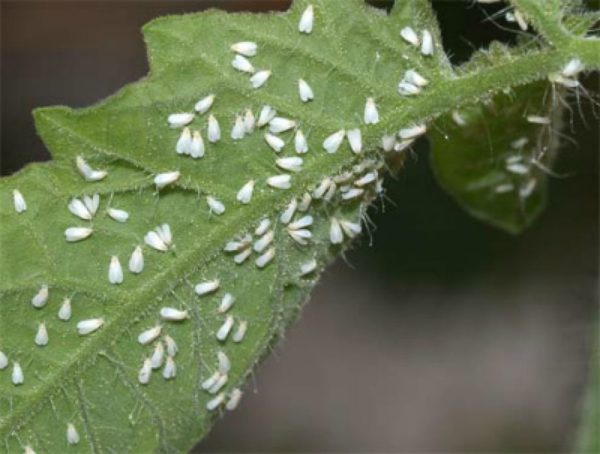
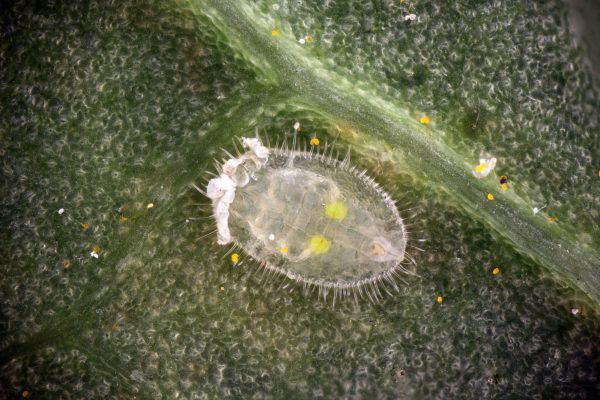
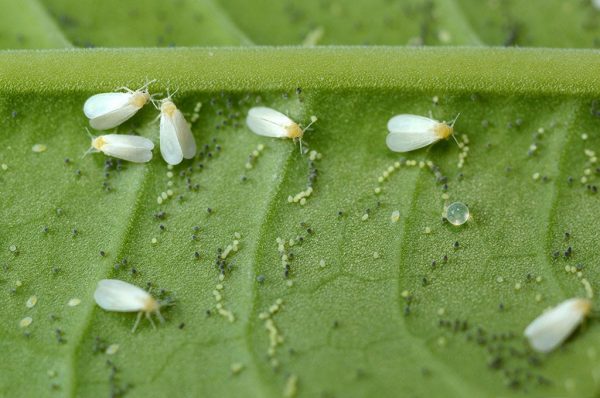
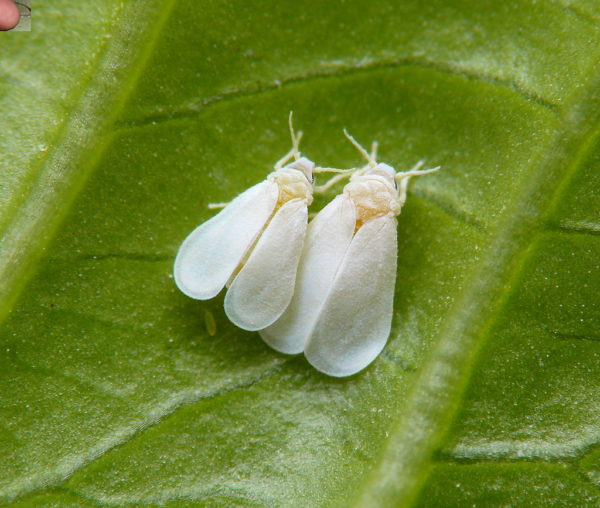
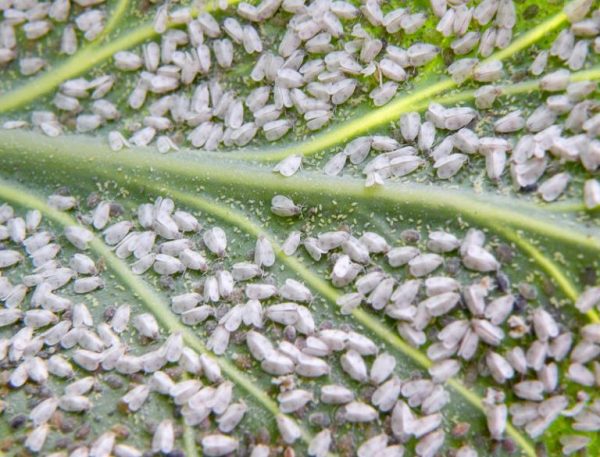
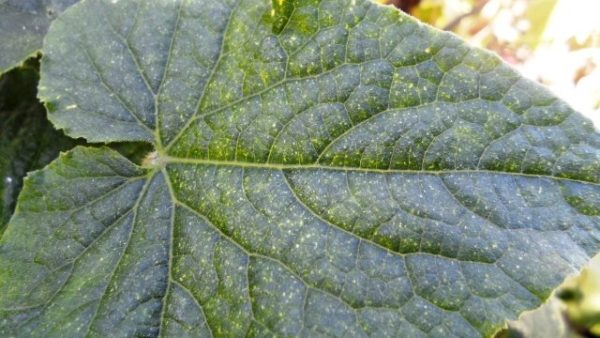
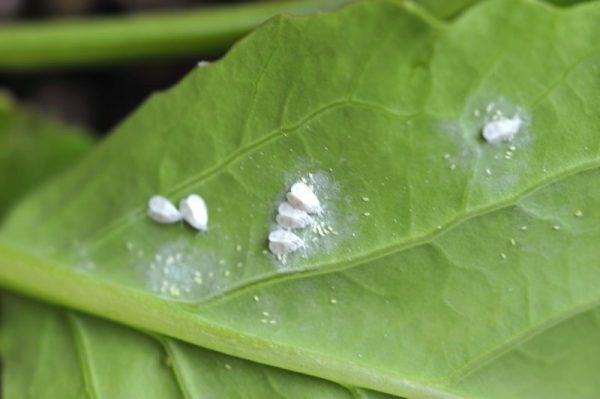
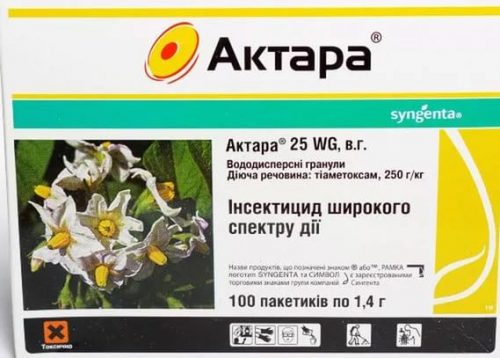
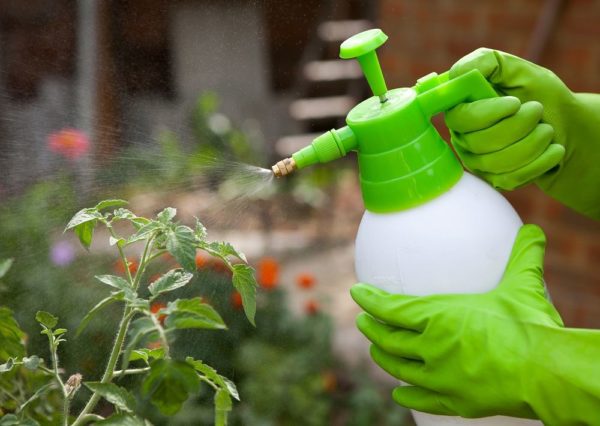
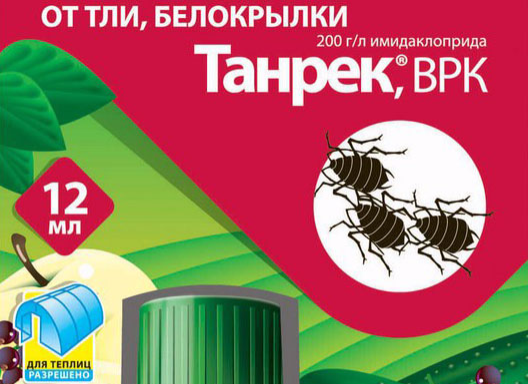
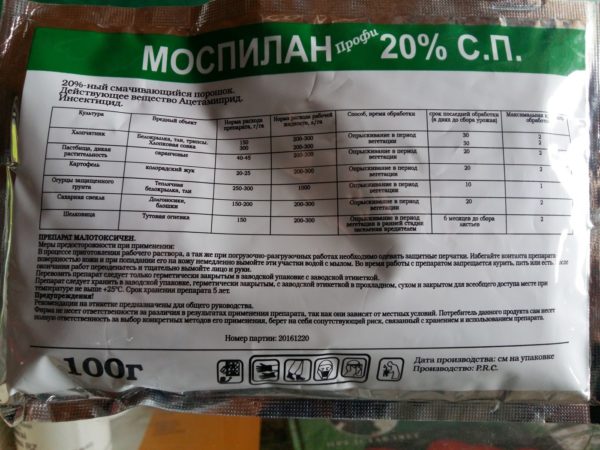
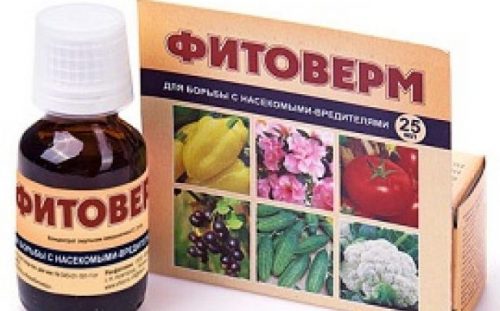

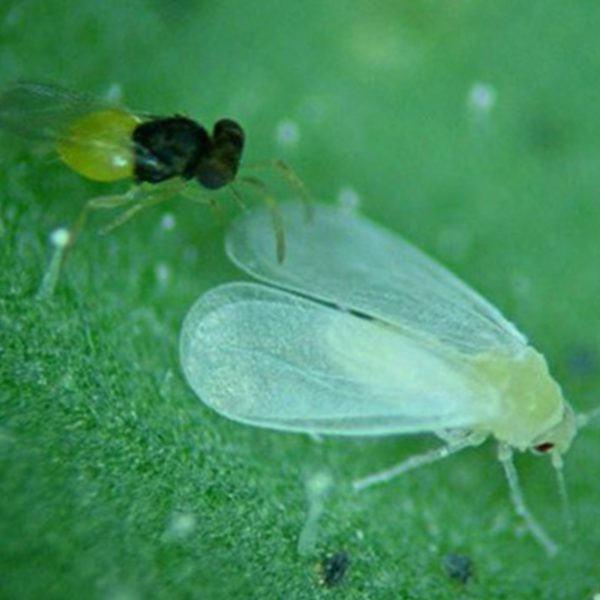
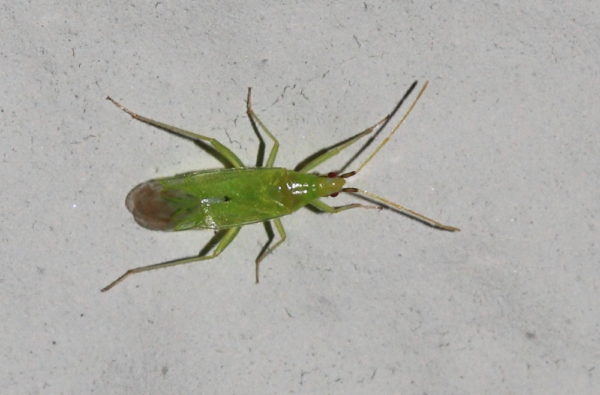
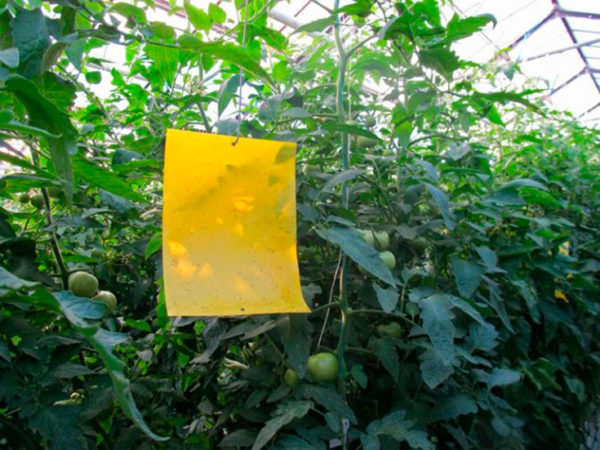
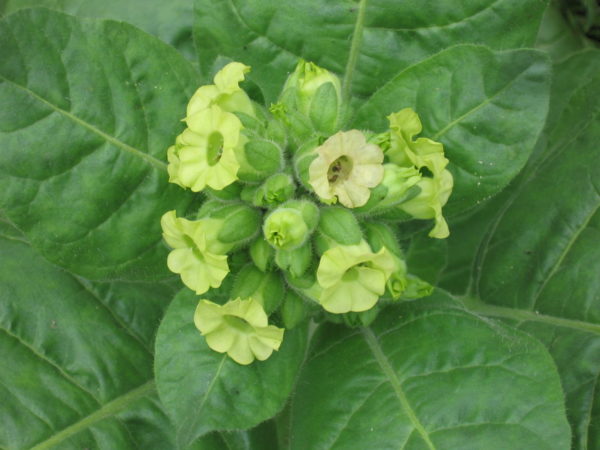
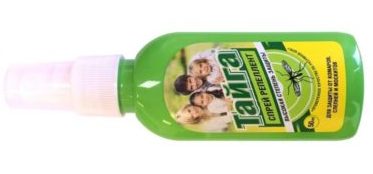
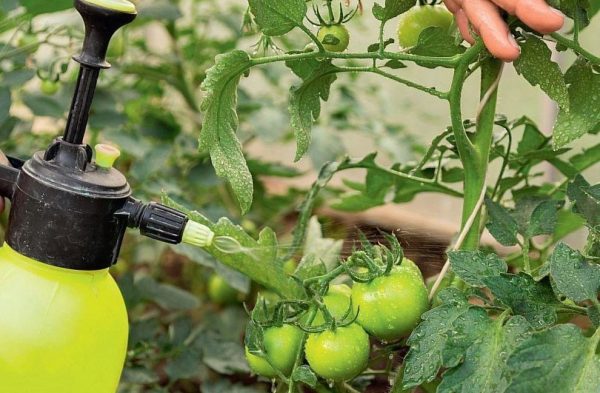


 (10 ratings, average: 3,90 out of 5)
(10 ratings, average: 3,90 out of 5) CUCUMBERS NEVER GET SICK, I'VE BEEN USING ONLY THIS FOR 40 YEARS! I SHARE A SECRET WITH YOU, CUCUMBERS ARE LIKE THE PICTURE!
CUCUMBERS NEVER GET SICK, I'VE BEEN USING ONLY THIS FOR 40 YEARS! I SHARE A SECRET WITH YOU, CUCUMBERS ARE LIKE THE PICTURE! You can dig a bucket of potatoes from each bush. Do you think these are fairy tales? Watch the video
You can dig a bucket of potatoes from each bush. Do you think these are fairy tales? Watch the video
 How our fellow gardeners work in Korea. There is a lot to learn and just fun to watch.
How our fellow gardeners work in Korea. There is a lot to learn and just fun to watch. Eye trainer. The author claims that with daily viewing, vision is restored. They don't charge money for views.
Eye trainer. The author claims that with daily viewing, vision is restored. They don't charge money for views. A 3-ingredient cake recipe in 30 minutes is better than Napoleon. Simple and very tasty.
A 3-ingredient cake recipe in 30 minutes is better than Napoleon. Simple and very tasty. Therapeutic exercises for cervical osteochondrosis. A complete set of exercises.
Therapeutic exercises for cervical osteochondrosis. A complete set of exercises. Which indoor plants match your zodiac sign?
Which indoor plants match your zodiac sign? What about them? Excursion to German dachas.
What about them? Excursion to German dachas.
I once managed to eliminate whiteflies in a greenhouse by using the “Quiet Evening” insecticidal smoke bomb. I recommend her to everyone with this problem!
Yuri, tell me, where can I buy this saber?
Olga, such checkers are sold in many online stores, for example in this one: But I think that they are also available in regular stores, where mosquito repellents and other insects are sold.
No, Yuri, the checker you recommend will not help eliminate such a pest as whitefly. The active ingredient in this bomb is permethrin, and it is intended to cleanse the area of mosquitoes, flies and midges. But it will not kill such a pest as the whitefly. Against whiteflies, you need to use a slightly different chemical - cypermethrin. Cypermethrin is part of the smoke bomb called “Fomor-Vet”. About two years ago, using smoke in a greenhouse with a Fomor-Vet saber, I managed to remove the whitefly in a week. And by the way, the “Fomor-Vet” checker is also sold on the website, the link to which you posted in this forum))
I tried everything I could to remove the whitefly, but to no avail. A neighbor suggested not to close the greenhouse doors in winter and not to throw snow in there. The whitefly has frozen out and has not for the second year. I live in the Urals, and it gets quite cold.